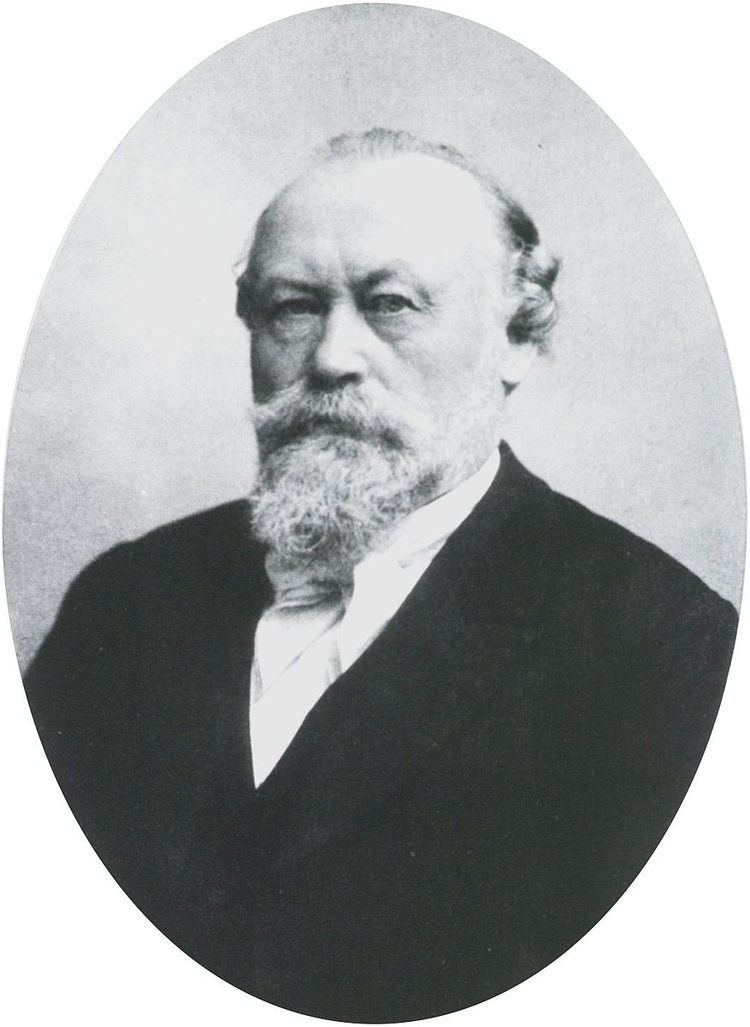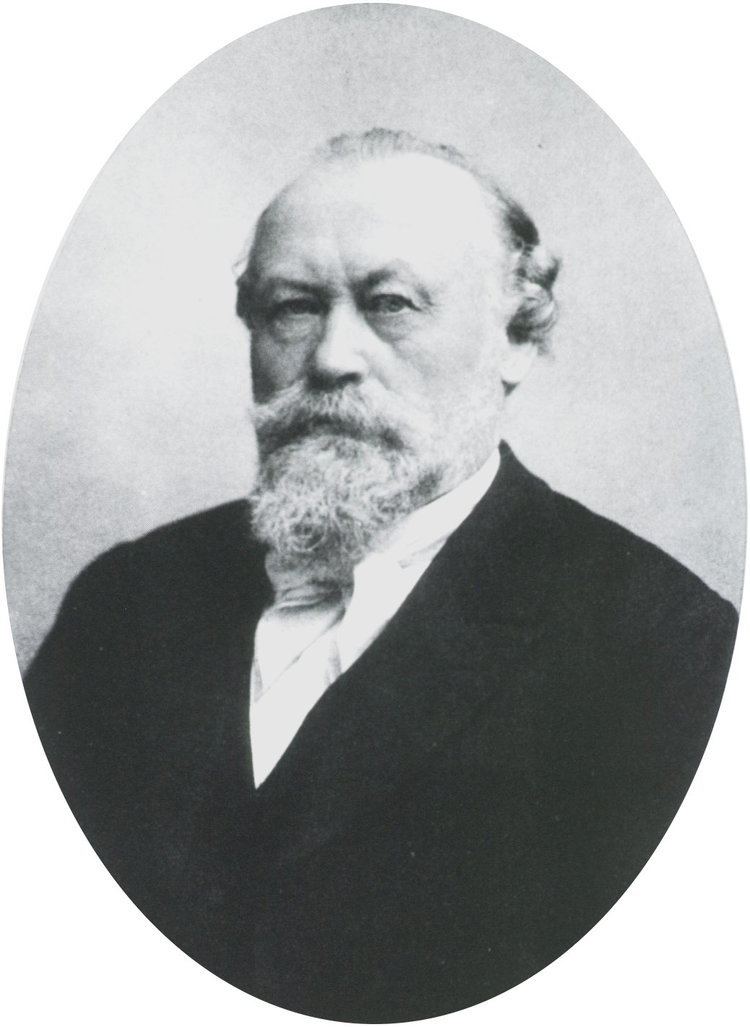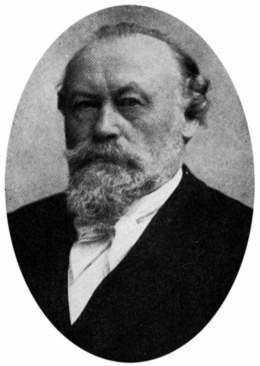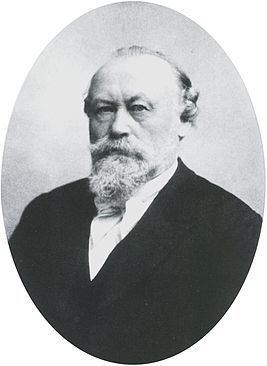Name Eduard Wilhelm | ||
 | ||
Eduard Friedrich Wilhelm Pflüger (7 June 1829 – 16 March 1910) was a German physiologist born in Hanau.

He studied medicine at the Universities of Marburg and Berlin, earning his doctorate in 1853. While in Berlin he worked as an assistant to Emil du Bois-Reymond (1818–1896). In 1859 he became a professor of physiology at the University of Bonn, where he remained for the rest of his career. Among his students in Bonn were physiologist Nathan Zuntz (1847–1920) and chemist Hugo Paul Friedrich Schulz (1853–1932).

Pflüger made contributions in many aspects of physiology, including embryological physiology, respiratory physiology, sensory physiology and electrophysiology. The eponymous "Pflüger's law" (Pflüger's Zuckungsgesetz) is the result of his research on electrical stimulation and its correlation to muscular contraction. In 1868 he founded Archiv für die gesammte Physiologie des Menschen und der Thiere (now Pflügers Archiv: European Journal of Physiology), a publication that became the most influential journal of physiology in Germany.

He conducted research on intestinal peristalsis, the sensory functions of the spinal cord, the physiology of electrotonus, on protein metabolism and on regulation of body temperature by the nervous system, et al. In one of his more important studies, he proved that respiration takes place in the peripheral tissue rather than in the blood. He also performed extensive research of glycogen, and is credited with the creation of several physiological instruments.
